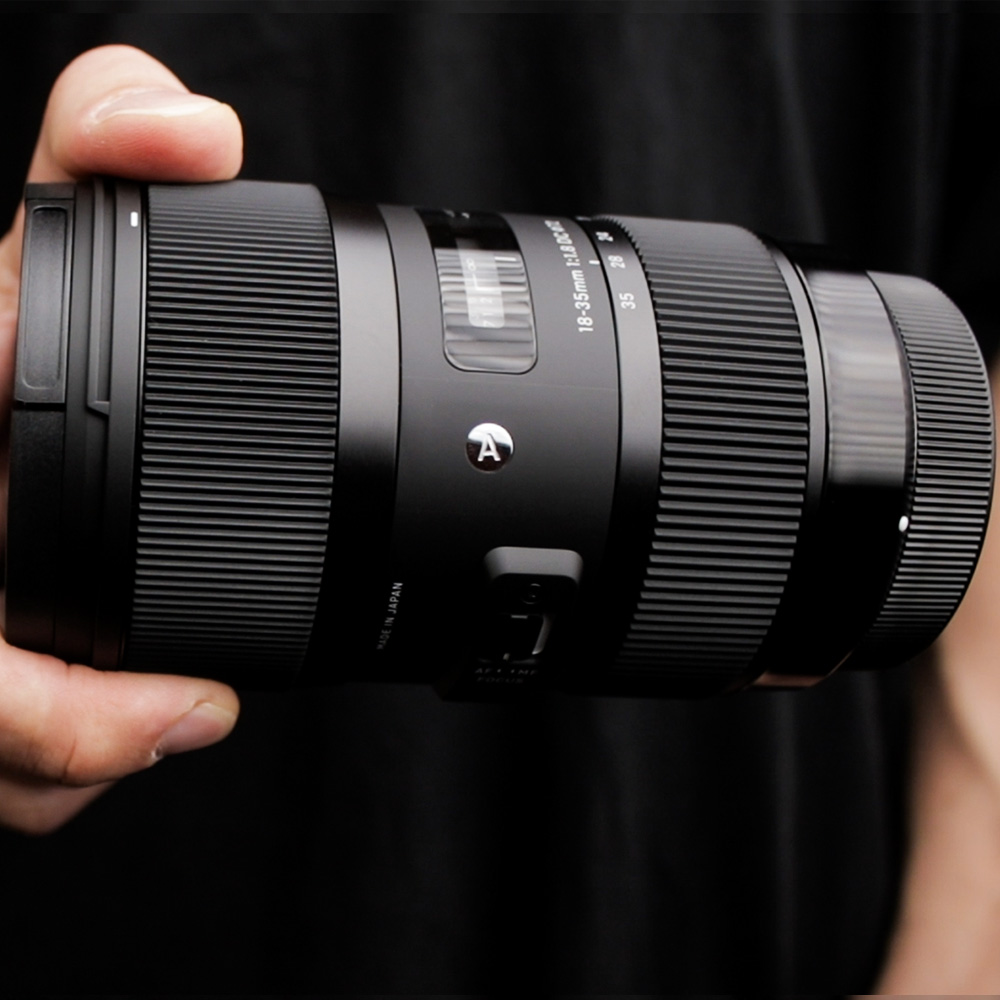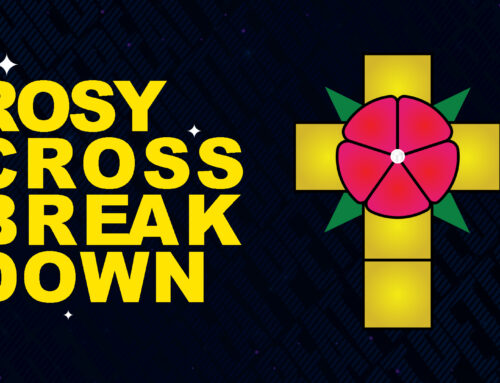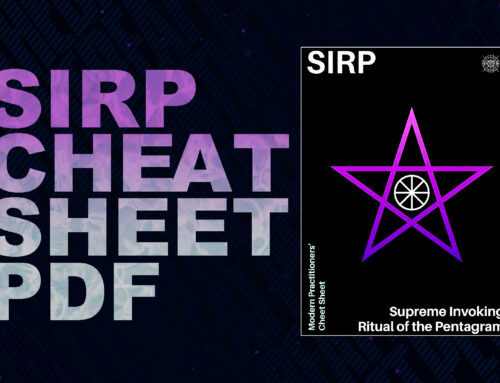Introduction
Looking to upgrade my filming gear, I finally decided on a camera lens combo. As a long-time Canon user, I opted for the Canon R7 and the Sigma 18-35. Since I already unboxed the first on the channel, I will proceed with the second in this video. I’ll include Canon’s EF to R adapter and a Sigma dock, which are essential for adapting the lens and updating its firmware. In future videos, I’ll (also) share the reasons for choosing this combo, such as lessons I learned researching options.
Unboxing
Like all Sigma lenses, the 18-35 comes in the standard Sigma box. Some people like that, others don’t. Inside, there’s documentation, instructions, and a warranty. Underneath is an ‘awesome’ pouch, which feels solid and holds the lens. It has a small Sigma logo and a top styrofoam piece, keeping the lens fit and protected. It also provides enough side coverage. So it seems excellent.
The 18-35 Sigma Art
Inside the pouch, there’s the lens and its hood, both covered in plastic. Holding the Sigma 18-35, it screams quality. It also looks gorgeous, though it’s pretty heavy. 810 grams, which becomes under two pounds or one kg with the adapter. Some people complain that it’s too heavy. Others find it reasonable for what the Sigma 18-35 offers, as covered in a moment. I find the construction and build quality superb. I also don’t care about the weight, as I plan to use a cage and not carry other lenses. Plus, extra weight helps eliminate micro-jitters when filming hand-held. So it’s appreciated.
Release Year
The Sigma 18-35 was released in 2013. Almost ubiquitously, it continues to be praised as the ultimate content creation lens for APSC. And some even adopt it on Full Fram. Other such lenses include Canon’s 24-70 EF and RF. Yet, these are much more expensive and (somewhat) unreasonable for small creators. The Sigma 18-35 is so good that the company made a Cine version. While that has cine housing and features, the images between the two are nearly identical, according to Sigma.
Features
The zoom ring is nice and smooth, and I appreciate all the numbering and materials. The small ‘A’ logo stands for Art or Sigma’s Pro series. There’s an auto-manual focus switch. And speaking of that, the Sigma 18-35 autofocus works perfectly with the Canon R7.
The lens is not stabilized, but from what I heard, that’s compensated by R7’s five-stop IBIS. Especially when its firmware is updated. The flat front glass is another ‘cool’ feature, which makes the Sigma 18-35 compatible with a Pro-Mist filter or polarizer.
EF Adapter and Dock
Bought separately, the adapter comes in a nice small Canon box. Unlike the R7 and like the Sigma, this also has a nice pouch. Although the most basic version, the adapter feels premium, but there’s not much to say about it. The dock comes in a box similar to the lens’s. It also has a cable to plug it into your computer, documentation, and that’s about it.
Crop Factor and Zoom
On crop sensors like the R7, which I plan to use, the Sigma 18-35 becomes around 28 to 70. This is relatively wide but can also zoom in enough. So, it provides a great focal range I am very used to. Some liken this lens to having three primes in one, 18, 24, and 35. Others say it’s more like five. Whatever the case, its zoom happens internally, making it perfect for gimballs and an overall workhorse, which are some of the reasons I bought it. But that’s just my opinion; let me know what is yours about both the lens and this video.
Otherwise, like the video if you enjoyed it. Subscribe for more content like this. Check my other works and books. And I’ll see you at the ‘next one.’
- An Autobiography of Trauma Book Review - April 23, 2024
- Reflections on Being a Polymath - April 12, 2024
- Greater Hexagram Ritual Manual Overview - March 31, 2024







